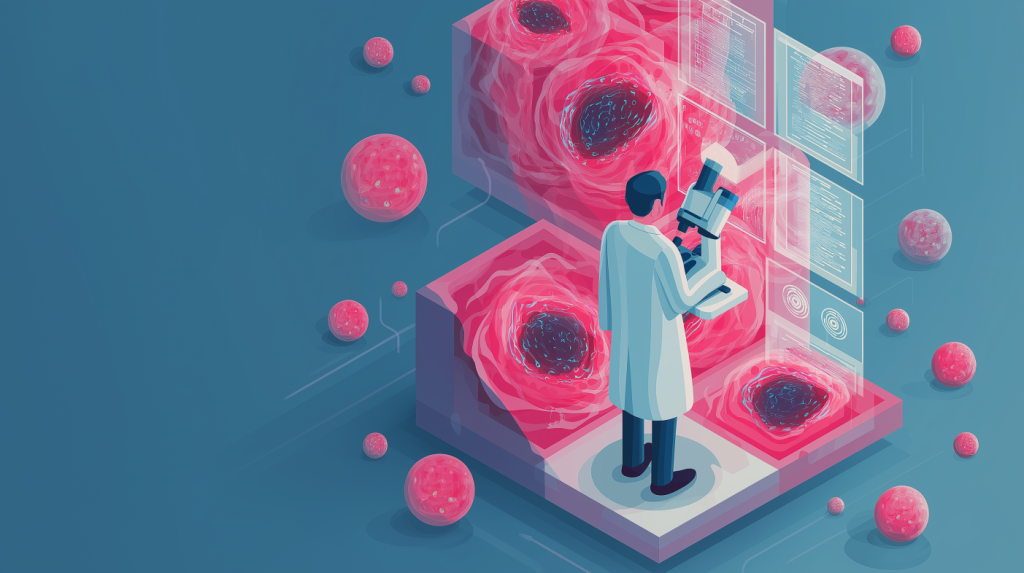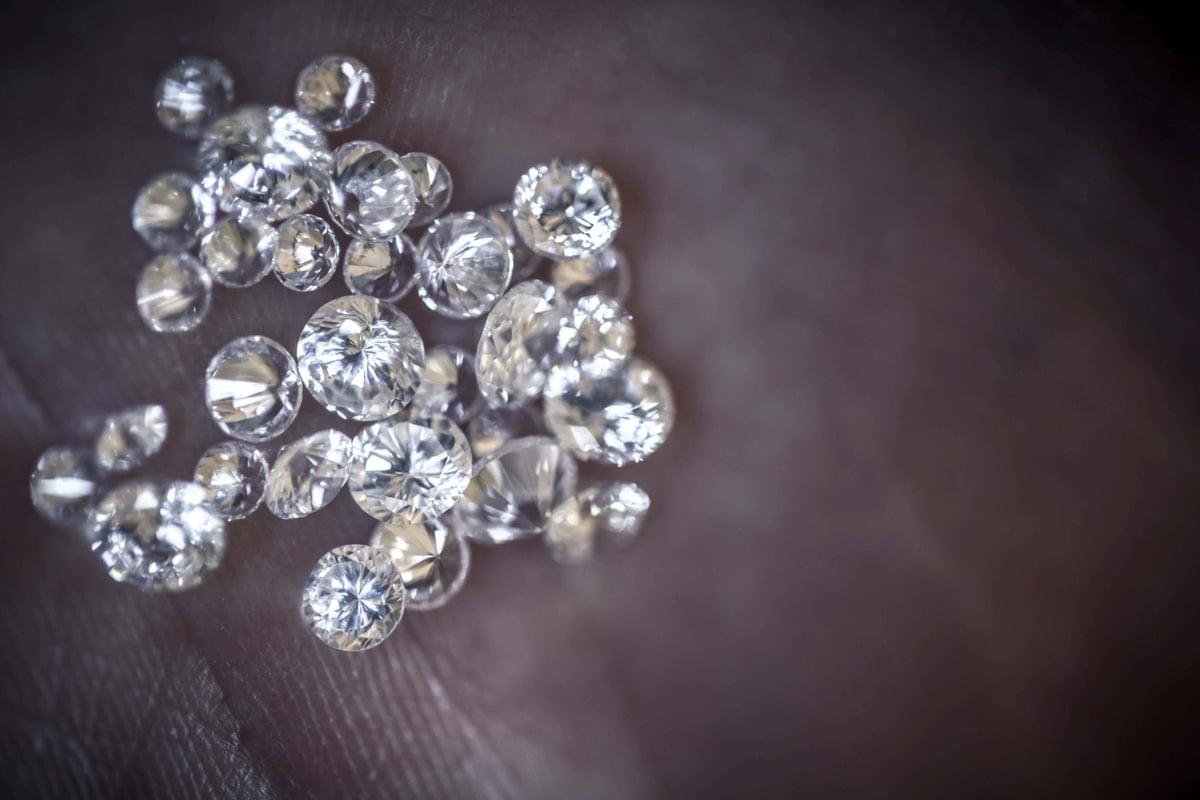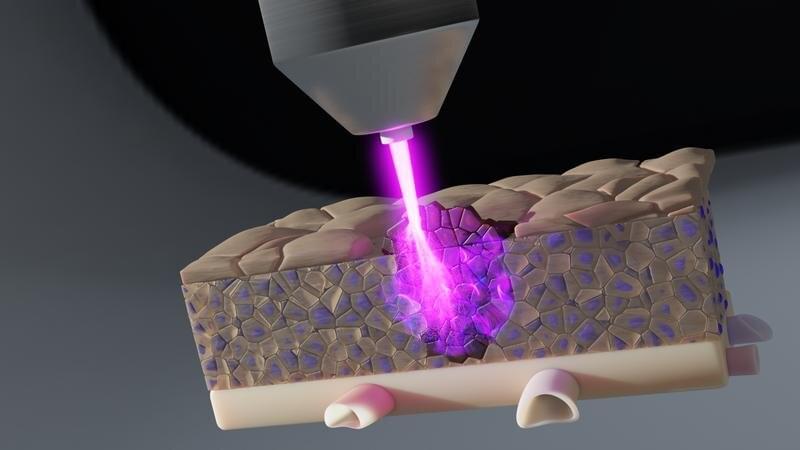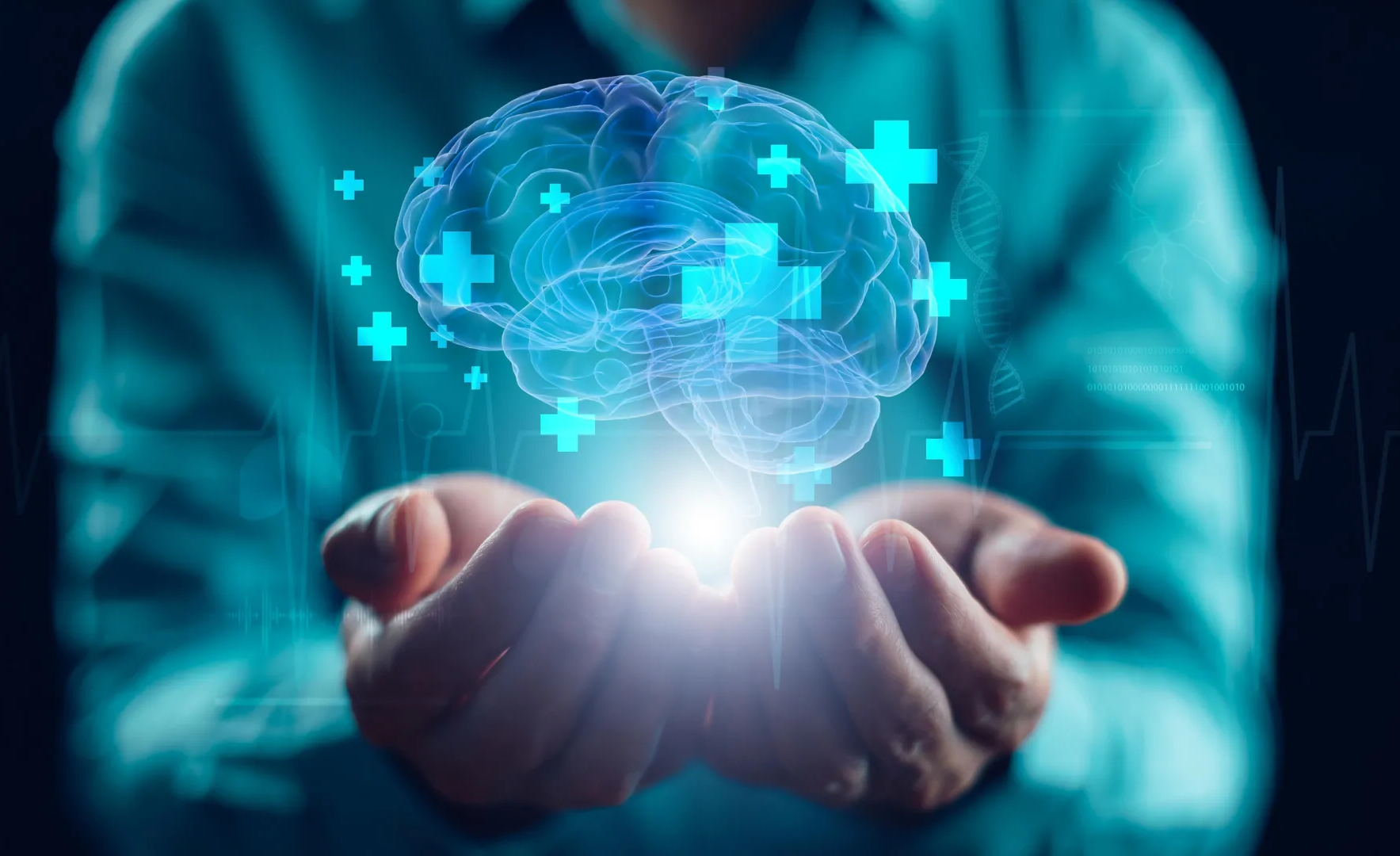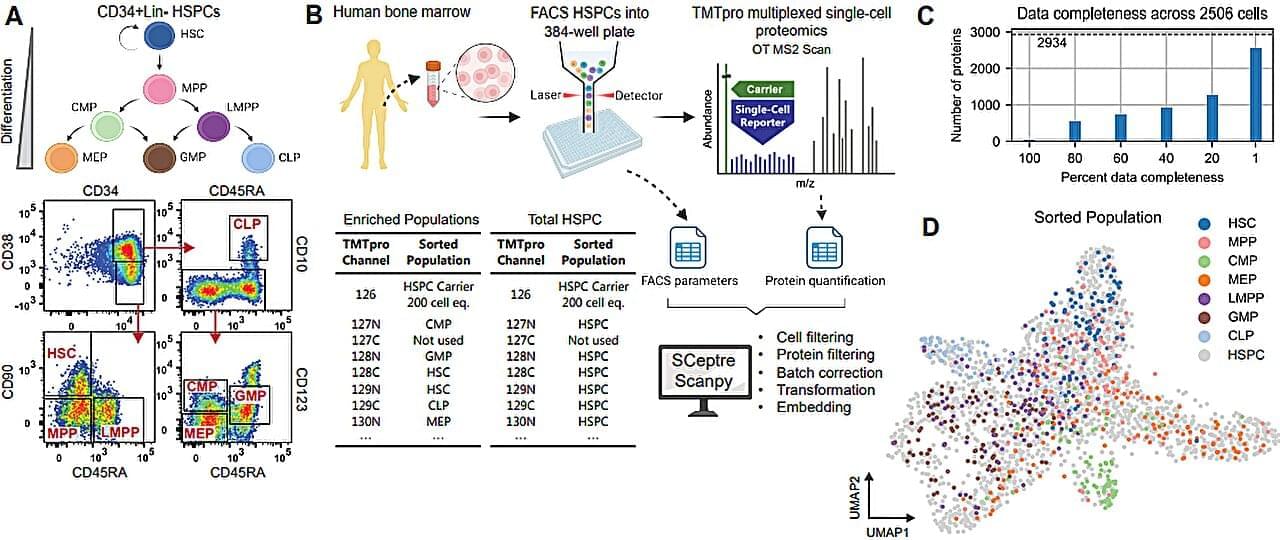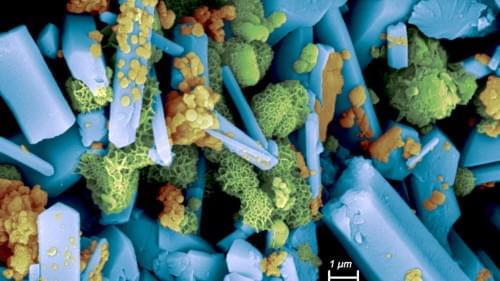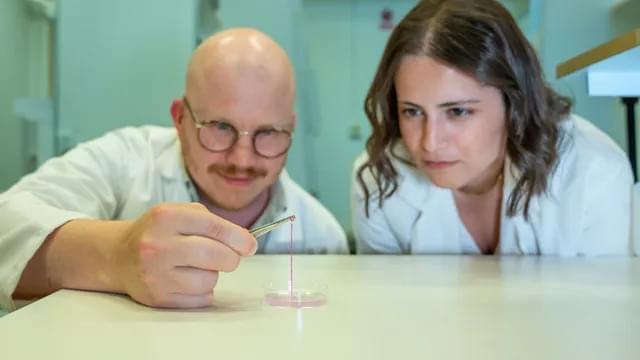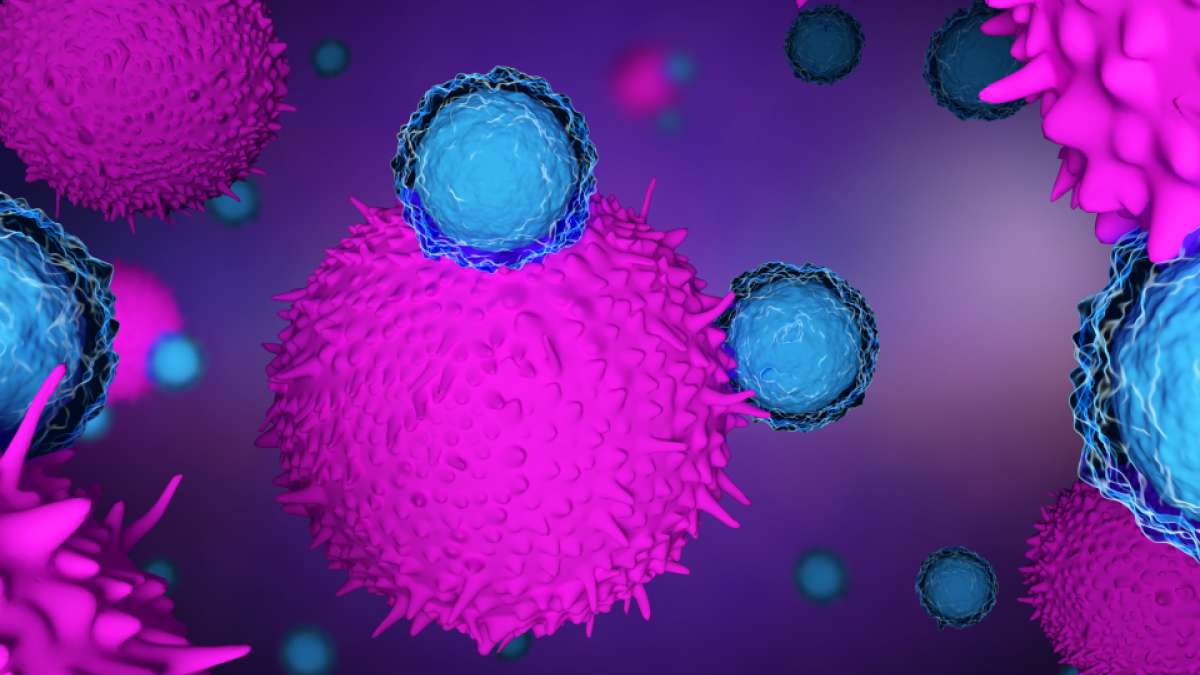The Chan Zuckerberg Initiative announced Thursday the launch of rBio, the first artificial intelligence model trained to reason about cellular biology using virtual simulations rather than requiring expensive laboratory experiments — a breakthrough that could dramatically accelerate biomedical research and drug discovery.
The reasoning model, detailed in a research paper published on bioRxiv, demonstrates a novel approach called “soft verification” that uses predictions from virtual cell models as training signals instead of relying solely on experimental data. This paradigm shift could help researchers test biological hypotheses computationally before committing time and resources to costly laboratory work.
